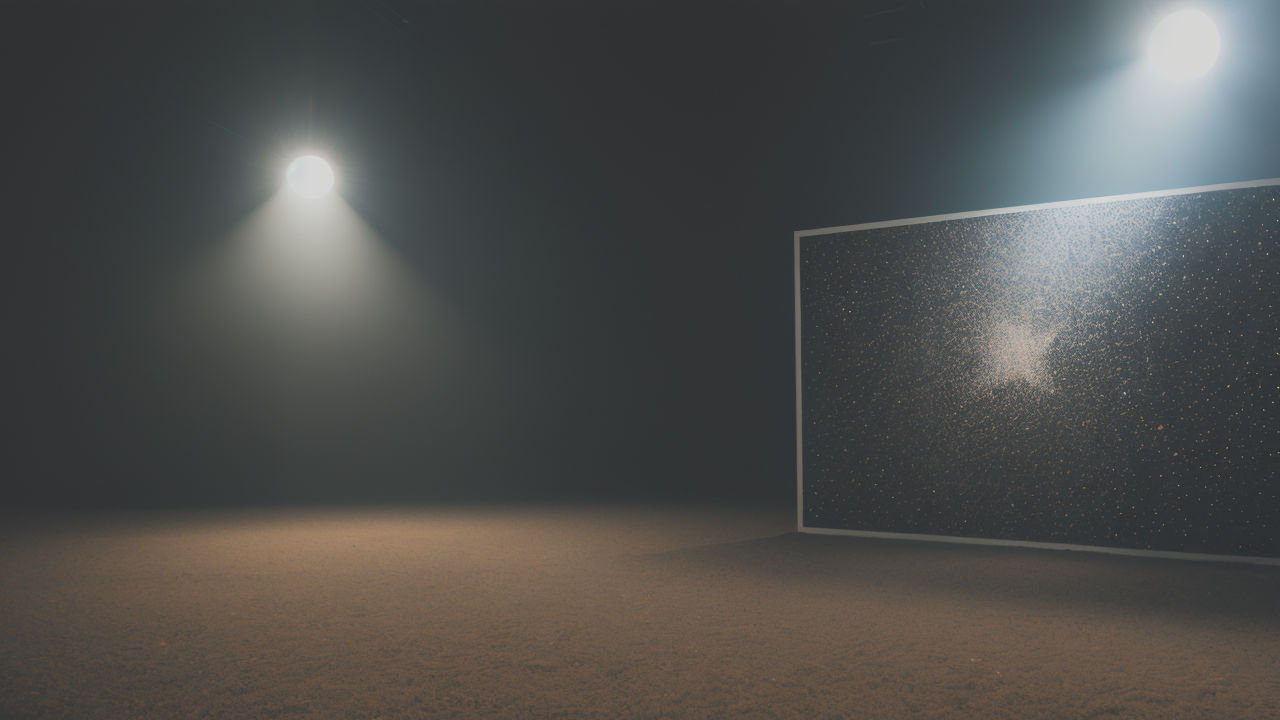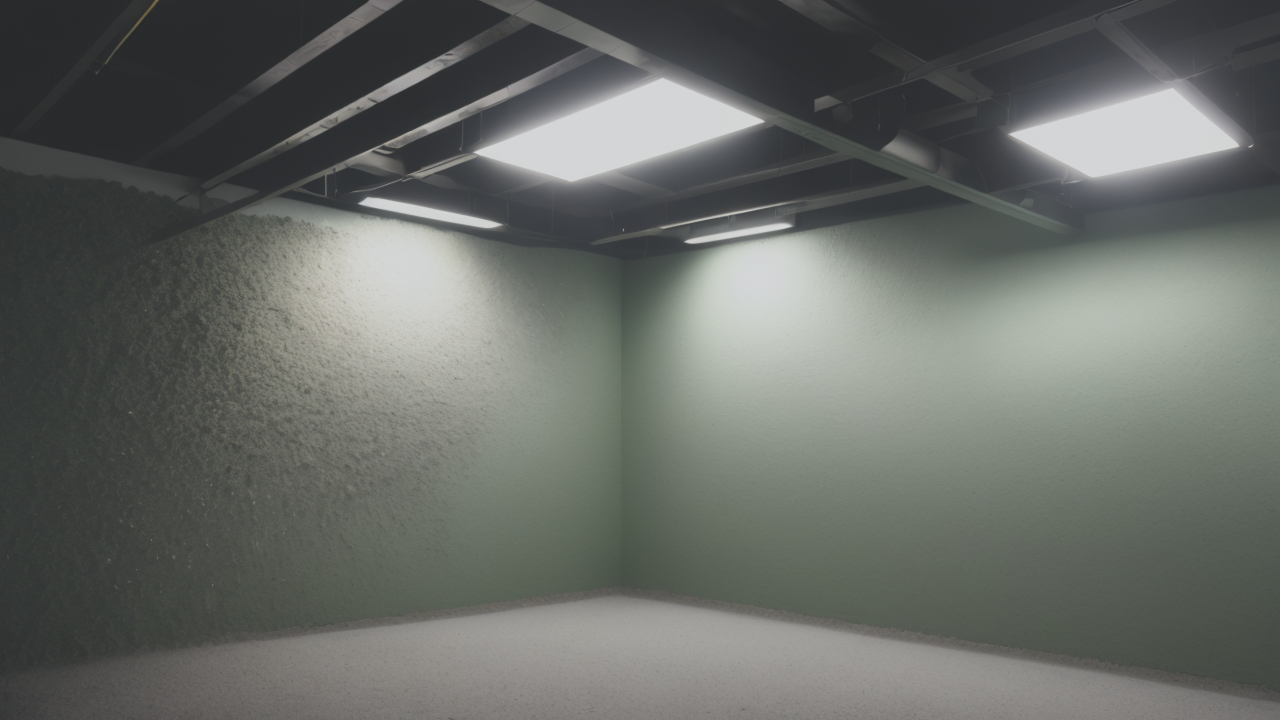
The Art of Texture: Merging Plaster Techniques with Digital Tools in Contemporary Abstraction
The Rise of Abstract Pop Art in the United States
Defining the Movement: Bridging Pop Culture and Fine Art
Abstract Pop Art blends elements of abstraction with popular culture imagery. It emerged in the

late 20th century as artists sought new ways to express contemporary life. This movement
bridges the gap between high art and mainstream media. It often features bold colors, simplified
forms, and recognizable icons from pop culture.
Artists in this genre draw inspiration from advertising, comics, and consumer products. They
transform these everyday images into thought-provoking artworks. Abstract Pop Art challenges
viewers to see familiar objects in new ways. It questions the boundaries between art and
everyday life.
The style is known for its visual impact and accessibility. It appeals to a wide audience while
maintaining artistic depth. This unique blend has made Abstract Pop Art a significant force in the
Historical Influences and Contemporary Practices
Abstract Pop Art has roots in both Abstract Expressionism and Pop Art. It combines the
emotional intensity of abstraction with the cultural references of Pop. Early pioneers like Jasper
Johns and Robert Rauschenberg paved the way for this fusion.
Today's artists continue to evolve the genre. They incorporate digital techniques and new
media. Contemporary Abstract Pop artists often use mixed media approaches. They combine
traditional painting with digital printing or collage.
Many artists now explore themes of technology and social media in their work. They reflect on
how these forces shape our perceptions of reality. The movement continues to adapt, mirroring
the fast-paced changes in modern society.
The Role of Social Media in Promoting New Art Forms
Social media has revolutionized how Abstract Pop Art reaches audiences. Platforms like
Instagram and Pinterest provide global showcases for artists. These tools allow for instant
sharing and feedback on new works.
Artists can now build direct relationships with fans and collectors. They can share their creative
process and inspirations in real-time. This transparency has created a more engaged and
informed art community.
Social media also influences the content of Abstract Pop Art. Many artists incorporate hashtags,
emojis, and digital aesthetics into their work. This creates a dialogue between the digital world
and traditional art forms.
The viral nature of social media can quickly elevate new artists to fame. It has democratized the
art world, giving voice to diverse perspectives. This shift has expanded the boundaries of what is
considered Abstract Pop Art.
Innovative Plaster Techniques in Modern Sculpture
Breaking New Ground: Materials and Methods
Modern sculptors are pushing the boundaries of plaster art. They experiment with new materials

and techniques to create unique textures and forms. Many artists now mix plaster with
unconventional additives like fibers or metals.
3D printing technology has opened new possibilities for plaster sculpture. Artists can create
complex molds and forms that were once impossible. Some use digital scanning to capture
real-world textures, then recreate them in plaster.
Innovative casting methods allow for more detailed and delicate plaster works. Artists are
developing techniques to create ultra-thin plaster shells. These can be used to make lightweight,
translucent sculptures.
Eco-friendly plaster alternatives are also gaining popularity. Some artists use natural materials
like algae-based plasters. These sustainable options appeal to environmentally conscious
creators and collectors.
Collaborative Efforts: Artists and Plaster Technicians
The creation of complex plaster artworks often requires collaboration. Artists are partnering with
skilled technicians to push the limits of the medium. These teams combine artistic vision with
technical expertise.
Plaster technicians bring specialized knowledge of materials and processes. They help artists
realize ideas that might otherwise be impossible. This collaboration often leads to innovations in
both art and craft.
Some art schools now offer courses in advanced plaster techniques. These programs foster
collaboration between artists and technicians from an early stage. They encourage a holistic
approach to sculpture creation.
Many artists are also working with engineers and scientists. These partnerships lead to new
applications of plaster in fields beyond art. From architecture to product design, plaster is
finding new uses through these collaborative efforts.
Preservation and Maintenance of Plaster Artworks
As plaster art becomes more complex, preservation techniques must evolve. Museums and
collectors are developing new methods to protect these delicate works. Climate-controlled
environments are essential for preventing decay.
Conservators use advanced imaging techniques to monitor artwork condition. They can detect
internal cracks or weaknesses before they become visible. This allows for preemptive
conservation efforts.
New coating technologies help protect plaster surfaces from damage. These range from
invisible sealants to specialized paints. Some coatings can even repair minor damage over time.
Education is key to preserving plaster art. Many institutions now offer workshops on proper
handling and care. Collectors are learning to create optimal conditions for their plaster pieces at
home.
Financial and Cultural Impact of Plaster Art in the Market
Understanding the Market Dynamics for Plaster Art
The market for plaster art has seen significant growth in recent years. Collectors are

increasingly drawn to its unique textures and forms. Plaster works offer a tactile quality that
many find appealing in the digital age.
Pricing for plaster art varies widely based on artist reputation and technique. Pieces by
established artists can command high prices at auction. Emerging artists are finding success in
online marketplaces and galleries.
Investability is a growing factor in the plaster art market. Some collectors view these works as
long-term investments. The durability of well-preserved plaster pieces adds to their appeal as
assets.
The market is also seeing a trend towards commissioned plaster works. Collectors and
institutions are eager for custom pieces that fit specific spaces or themes. This creates new
opportunities for artists to create site-specific installations.
The Economic Significance of Pop Art Sculptures
Pop Art sculptures, including those made with plaster, have become major economic drivers.
They attract visitors to museums and galleries worldwide. Cities often use large-scale Pop Art
sculptures as landmarks to boost tourism.
The market for Pop Art sculptures extends beyond traditional art buyers. Corporations often
commission these works for office spaces or advertising campaigns. This broadens the
economic impact of the genre.
Auction houses report strong sales for iconic Pop Art sculptures. These pieces often serve as
centerpieces in high-profile collections. Their recognizable imagery makes them popular with a
wide range of buyers.
The production of Pop Art sculptures also supports a network of craftspeople and suppliers.
From mold makers to specialty paint producers, many industries benefit from this market.
How Plaster Art Is Shaping the Future of American Art Culture
Plaster art is influencing the direction of American art in several ways. Its versatility allows
artists to explore new forms of expression. This is leading to a resurgence of interest in
sculptural art forms.
Many art schools are expanding their sculpture programs to include advanced plaster
techniques. This is training a new generation of artists skilled in both traditional and innovative
methods. It's fostering a revival of craftsmanship in American art.
Public art projects increasingly feature plaster works. These installations bring art into everyday
spaces. They help to democratize access to contemporary art and spark community
engagement.
The intersection of plaster techniques with digital tools is opening new creative possibilities.
This fusion is blurring the lines between different art forms. It's creating a more interdisciplinary
approach to art-making in America.
As plaster art evolves, it's challenging traditional definitions of sculpture. This is encouraging a
broader, more inclusive view of what constitutes art. It's helping to shape a more diverse and
dynamic American art culture for the future.


